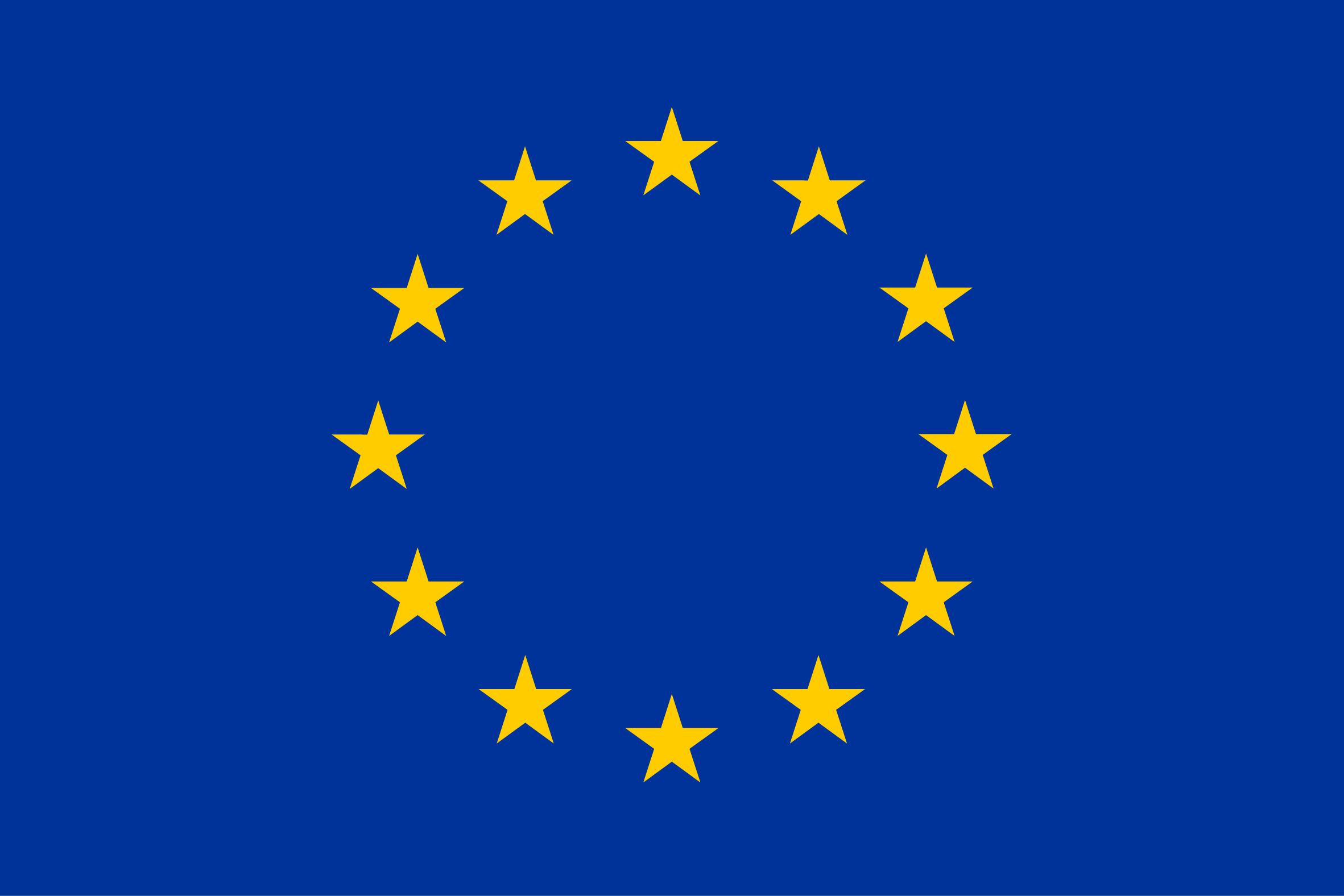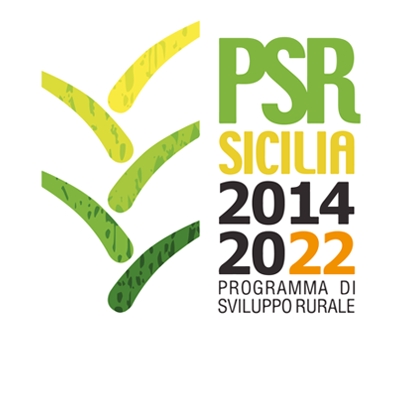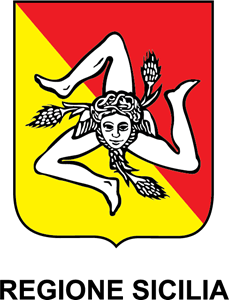Pirenaica
Country
Specie
ISO3
ESP
Language
sp.
Other name
Cabra Pirenaica, Pyrenean
Breed classification (adaptedness)
Native
Breed classification (geographic)
Local
Adaptability to specific environment
Hardiness.
Color comments
Black with white shades, pied and grey are admitted
Number of horns males
2
Number of horns females
0
Horn shape size and comments
Polled or horned; Polled males not admitted in the herdbook. Males whith big horns
Wither height males
80
Wither height females
74
Weight males
80.00
Weight females
60.00
Other specific visible traits
Long hair. Well developed horns.
Herdbook
y
Herdbook established
2006
Domestication status
domestic
Taxonomic classification
Breed
Description of origin
The most genuine Pyrenean branch originated from Capra aegragrus and related to other european breeds: Poitevine (France), Thuringian (Germany), y Bünden, Toggenburg y Valais Blackneck (Switzerland).
Location within country
Aragon
Local cryo conservation status
No Material
Local Risk
At Risk
Detailed local risk status
Endangered
Payoya
Country
Specie
ISO3
ESP
Language
sp.
Other name
Montejaqueña, Montejaquena
Breed classification (adaptedness)
Native
Breed classification (geographic)
Local
Adaptability to specific environment
The breed is adapted to live under the extreme conditions prevailing in this region (humidity, changing temperatures).
Color comments
multi coloured: black, red, brown, cream, or white - uni coloured or mixure of these colours
Number of horns males
2
Number of horns females
2
Horn shape size and comments
males: big horns pointing upwards like an arch
Wither height males
90
Wither height females
78
Weight males
90.00
Weight females
68.00
Other specific visible traits
Prisca type, short and thin hair in the females and longer and coarse hair in males;
Herdbook
y
Herdbook established
2003
Domestication status
domestic
Taxonomic classification
Breed
Description of origin
composite of Malaguena, Serrana Blanca and Serrana Negra
Import
since 1960 from Granadina and Malaguena (Spain)
Location within country
Sierra of Grazalema (Cádiz and Málaga), Andalusia
Local cryo conservation status
Sufficient
Local Risk
Not at Risk
Detailed local risk status
Not at Risk
Palmera
Country
Specie
ISO3
ESP
Language
sp.
Other name
Palmera
Breed classification (adaptedness)
Native
Breed classification (geographic)
Local
Adaptability to specific environment
The breed is especially adapted to graze in mountains and very well adapted to humid conditions.
Specific resistance or tolerance
The breed is free of the most important diseases such as Brucellosis, Tuberculosis, Paratuberculosis and the Arthritic-encephalitis complex.
Specific reproductive characteristic
The breed shows very good maternal behaviour and reproductive conditions.
Color comments
comment: red coloured animals predominate
Number of horns males
0
Number of horns females
0
Horn shape size and comments
spiral shaped horns
Other specific visible traits
Animals of this breed have a straight profile and carry hair of medium length.
Herdbook
y
Herdbook established
1985
Domestication status
domestic
Taxonomic classification
Breed
Description of origin
This breed belongs to the Canary goat group. It is a composite of prehispanic animals with African origin and European goats.
Location within country
La Palma, Canary islands
Local cryo conservation status
No Material
Local Risk
At Risk
Detailed local risk status
Vulnerable
Negra Serrana
Country
Specie
ISO3
ESP
Language
sp.
Other name
Andalusian Black, Castiza, Andalusian Black
Breed classification (adaptedness)
Native
Breed classification (geographic)
Local
Adaptability to specific environment
The animals are adapted to their local environment (marginal land).
Specific reproductive characteristic
A 160 % lambing percentage is reported for this breed.
Other special qualities
This breed is known for its temperament.
Color comments
uni coloured: black <br>comment: mouth and tail with white hairs
Number of horns males
2
Number of horns females
2
Wither height males
85
Wither height females
75
Weight males
85.00
Weight females
55.00
Other specific visible traits
Prisca type, Nubian ears
Herdbook
y
Herdbook established
2003
Domestication status
domestic
Taxonomic classification
Breed
Description of origin
composite of Blanca Celtiberica, perhaps branch of Prisca type
Import
since 1960 from Malaguena (Spain), and Murciana (Spain)
Location within country
Castilla, La Mancha and northern Andalusia
Local cryo conservation status
No Material
Local Risk
At Risk
Detailed local risk status
Vulnerable
Murciana-Granadina
Country
Specie
ISO3
ESP
Language
sp.
Transboundary name
Murcia-Granada
Other name
Murcia-Granada, Murciano-Granadina
Breed classification (adaptedness)
Native
Breed classification (geographic)
International
Adaptability to specific environment
The breed is adapted to warm and dry climates.
Specific reproductive characteristic
This breed is known for precocity.
Color comments
uni coloured: brown
Number of horns males
2
Number of horns females
2
Wither height males
77
Wither height females
70
Weight males
67.00
Weight females
50.00
Other specific visible traits
beard in males
Herdbook
y
Herdbook established
1980
Domestication status
domestic
Taxonomic classification
Breed
Description of origin
indigenous breed Aegagrus
Import
since 1960, 5%
Location within country
mainly in provinces of Murcia and Andalusia, also in Castilla La Mancha, Catalunya, Baleares and Extremadura
Local cryo conservation status
Sufficient
Local Risk
Not at Risk
Detailed local risk status
Not at Risk
International Transboundary Risk detailed
Not at Risk
Moncaína
Country
Specie
ISO3
ESP
Language
sp.
Description
The name of the breed refers to the highest summit of the Iberian sistem (Moncayo), in Zaragoza and Soria.
Other name
Del Moncayo, Cabra del Moncayo
Breed classification (adaptedness)
Native
Breed classification (geographic)
Local
Adaptability to specific environment
Rustic. Well adapted to cold and dry areas.
Specific reproductive characteristic
Prolificity: 1.36
Other special qualities
The breed is important in order to prevent forest fires.
Color comments
Black
Number of horns males
2
Number of horns females
2
Wither height males
66
Wither height females
51
Weight males
72.00
Weight females
65.00
Herdbook
y
Herdbook established
2001
Domestication status
domestic
Taxonomic classification
Breed
Location within country
Aragon
Local cryo conservation status
No Material
Local Risk
At Risk
Detailed local risk status
Endangered
Mallorquina
Country
Specie
ISO3
ESP
Language
sp.
Other name
Cabra orada o muntanyola
Breed classification (adaptedness)
Native
Breed classification (geographic)
Local
Adaptability to specific environment
The animals live in steep zones (higher than 800 m asl.).
Other special qualities
These are rustic animals.
Color comments
uni coloured: red <br>multi coloured: black, red
Number of horns males
2
Number of horns females
2
Horn shape size and comments
big horns
Wither height males
73
Wither height females
65
Other specific visible traits
Markhar type, bearded in both sexes
Herdbook
y
Herdbook established
2008
Domestication status
domestic
Taxonomic classification
Breed
Description of origin
indigenous breed
Location within country
Majorca
Local cryo conservation status
Not Sufficient
Local Risk
At Risk
Detailed local risk status
Critical Maintained
Malagueña
Country
Specie
ISO3
ESP
Language
sp.
Other name
Veleña, Costena, Malaga
Breed classification (adaptedness)
Native
Breed classification (geographic)
Local
Adaptability to specific environment
The breed is known for its adaptation to the local marginal conditions.
Specific reproductive characteristic
This breed is known for fertility (85 %) and precocity.
Other special qualities
These are rustic animals.
Color comments
uni coloured: red, blond
Number of horns males
0
Number of horns females
0
Horn shape size and comments
sabre shaped or spiral shaped horns
Wither height males
78
Wither height females
70
Weight males
80.00
Weight females
55.00
Other specific visible traits
tassels, bearded, prominent and good structured udder
Herdbook
y
Herdbook established
1984
Domestication status
domestic
Taxonomic classification
Breed
Description of origin
composite of Ibex abisinio and Capra aegagrus
Location within country
Malaga and Sevilla in Andalusia and Extremadura Region
Local cryo conservation status
Sufficient
Local Risk
Not at Risk
Detailed local risk status
Not at Risk
Majorera
Country
Specie
ISO3
ESP
Language
sp.
Other name
Canary Islands
Breed classification (adaptedness)
Native
Breed classification (geographic)
Local
Adaptability to specific environment
The breed is very well adapted to arid zones and volcanic grounds. The breed can be kept under intensive management conditions.
Specific resistance or tolerance
The breed is free of the most important diseases such as Brucelosis, Tuberculosis, Paratuberculosis and the Arthritic-encephalitis complex.
Special characteristic of product
The breed is known for its high milk production.
Number of horns males
2
Number of horns females
2
Wither height males
68
Wither height females
62
Weight males
70.00
Weight females
40.00
Herdbook
y
Herdbook established
1985
Domestication status
domestic
Taxonomic classification
Breed
Description of origin
indigenous breed belonging to the Canary goat group. It is a composite of prehispanic animals with African origin and European goats with influence of Nubian and Maltesa.
Location within country
Canary Islands
Local cryo conservation status
No Material
Local Risk
Not at Risk
Detailed local risk status
Not at Risk
Jurdana
Country
Specie
ISO3
ESP
Language
sp
Breed classification (adaptedness)
Native
Breed classification (geographic)
Local
Number of horns males
0
Number of horns females
0
Domestication status
domestic
Taxonomic classification
Breed
Local cryo conservation status
No Material
Local Risk
Extinct
Detailed local risk status
Extinct




